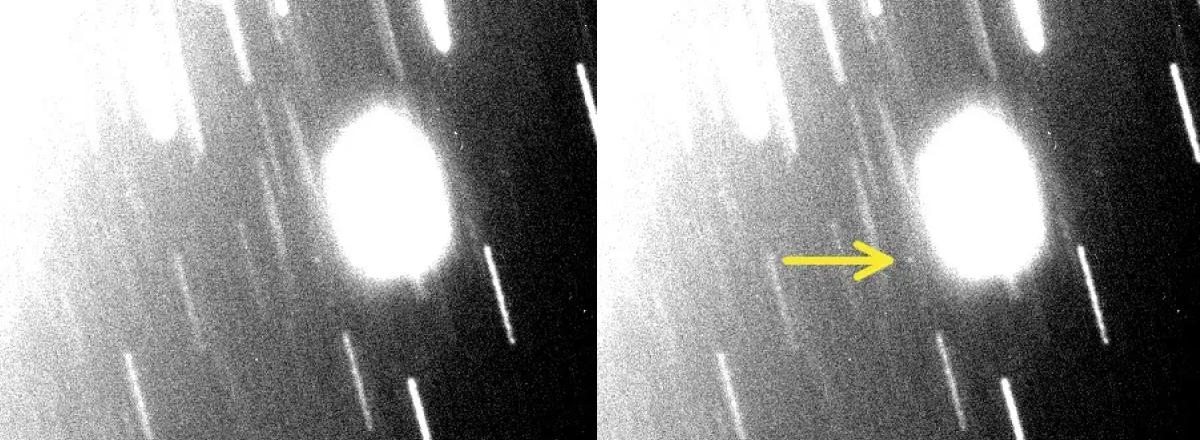Astronomers Discover Three New Moons Orbiting Uranus and Neptune
These discoveries represent a technological feat, as the newly detected moons are incredibly faint, requiring specialized image processing techniques to reveal their presence.

Astronomers have made a significant discovery, finding three previously unknown moons in the vicinity of Uranus and Neptune, expanding the known celestial companions of these distant planets. Using ground-based telescopes, scientists have identified a new moon encircling Uranus and two others encircling Neptune. These findings push Uranus' total moon count to 28 and Neptune's to 16.
The new moons are yet to be officially named, but they adhere to naming conventions typically associated with their respective planets. Uranian moons are traditionally named after characters from Shakespearean literature, while Neptunian moons are often named based on sea gods and nymphs in Greek mythology.
These discoveries represent a technological feat, as the newly detected moons are incredibly faint, requiring specialized image processing techniques to reveal their presence. Their dimness posed a challenge for ground-based telescopes, highlighting the advanced methods employed by astronomers to detect such elusive objects.
The newfound Uranian moon, provisionally named S/2023 U1, measures just 8 kilometers in diameter, making it one of the smallest moons in the solar system. With an orbital period of 680 days, it completes a single orbit around Uranus.
Meanwhile, the brighter of Neptune's two new moons, provisionally designated S/2002 N5, boasts a diameter of approximately 23 kilometers and orbits Neptune every 9 years. Its fainter counterpart, provisionally named S/2021 N1, has a diameter of 14 kilometers and orbits Neptune every 27 years.
These discoveries are not merely astronomical milestones but also offer insights into the origins and dynamics of the outer solar system. The eccentric and inclined orbits of these moons suggest they were likely captured by the gravitational pull of Uranus and Neptune during or shortly after the planets' formation.

